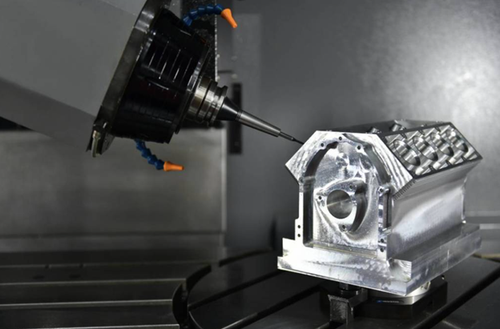
Batteries are essential parts for the functioning of a mobility scooter. They provide power to run the electric motor that drives all mobility scooters, including the two-wheelers and three-wheelers. Therefore, it is essential you know the duration of the batteries before you purchase one.
Various factors influence the duration in which the mobility scooter battery will survive. As such, this article will discuss what you need to consider when purchasing a battery for your scooter. It will also show you how to maintain it for optimal performance properly.
The Batteries
There are two types of batteries for mobility scooters, namely the gel and AGM (Absorbent Glass Mat).
AGM batteries are the older and less expensive type. These batteries are best adapted to operating in hot temperature conditions. Additionally, they can be a good choice for infrequent users as their performance is still desirable despite their low price.
On the other hand, Gel batteries come at a higher price tag but offer greater advantages over AGM batteries. They have a lower cranking ampere (CA) than other batteries, which means that they will be able to start your mobility scooter in colder weather conditions. The fact that there are no liquid electrolytes inside these batteries makes them spill-proof. As a result, you need not worry about corrosion or spills when charged or during transportation.
It’s also easy to charge the batteries as they come in pairs. This means that charging one battery automatically charges the other, saving time.
Charging the Batteries
Charging your mobility scooter batteries is essential for keeping them in good condition. Batteries should be charged regularly for a minimum of 12 hours during each charge. This will help to extend the battery’s life span.
Moreover, ensure you don’t overcharge the batteries as this can damage them. Chargers usually have indicators to tell you when they’re done charging, so it’s best to unplug them once they turn green or stop flashing. However, most original chargers disconnect automatically after a full charge; hence no need to worry.
Moreover, ensure that you don’t run the battery flat. Not only does this wear out the battery, but it can also be dangerous.
Storage
The storage of batteries needs to be in a cool, dry place away from direct sunlight and heat sources. It’s best to disconnect them from the mobility scooter and keep them in a cool place if there’s a necessity to not use them for an extended period (more than two months).
Extreme temperatures affect the lifespan, effectiveness and delay the battery’s recharge.
Warranty
The warranty for these batteries is usually for a duration of 12 months. However, effectively used and managed batteries typically last up to 18 months. Additionally, individuals who seldom use these scooters, say once or twice weekly, can receive battery service of up to three years.
These scooters can travel between 25 and 45 kilometers on each charge, depending on the size and kind of battery. However, this is only achievable when you follow the proper charging tips. Nonetheless, you may need to contact the manufacturer for finer details as each product is unique.
Range of Operation
The range of your scooter plays a vital role in how long the battery will last. It’s unlikely that your batteries will need replacement anytime soon if you drive for short distances.
Other factors include the size and weight of the load and the terrain.



